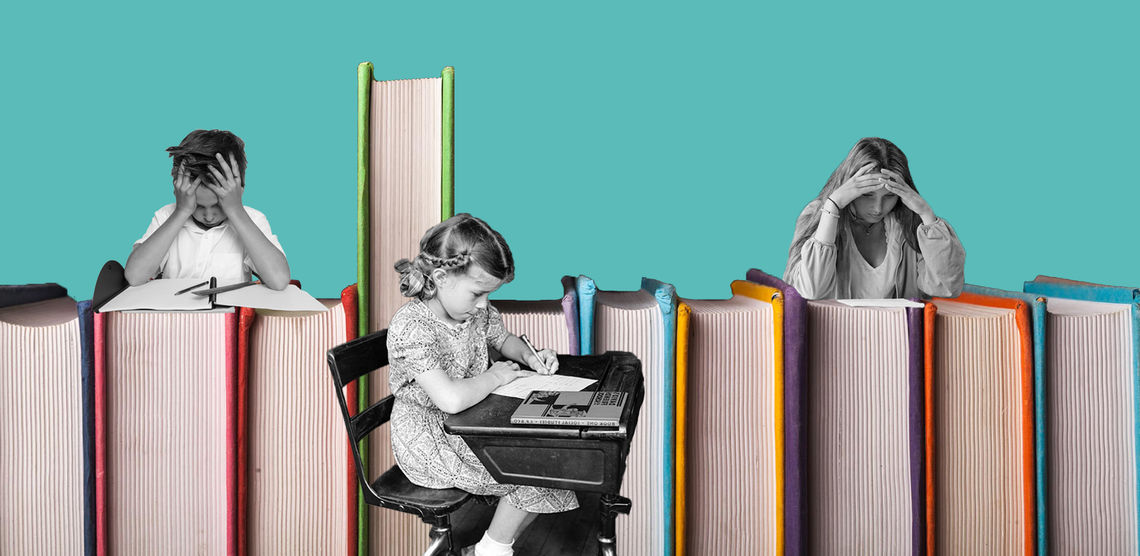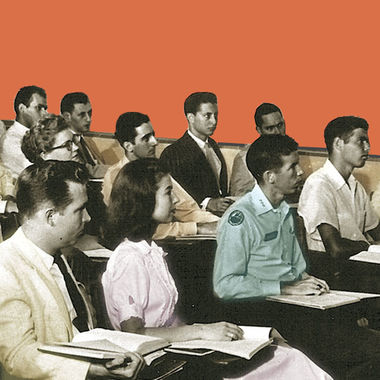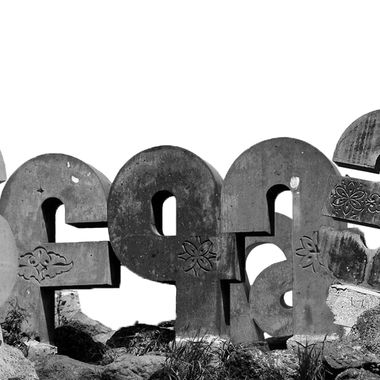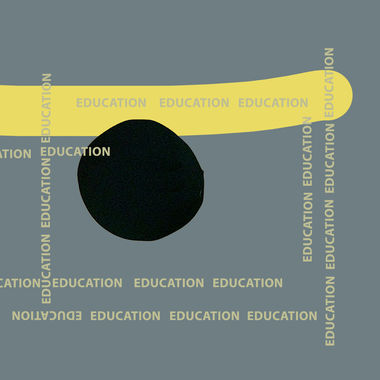
Կարդալ հայերեն
Armenia is assigned a 99% literacy rate by the UNESCO Institute for Statistics. Armenia’s largest literacy rate increase, over the last decades, was registered in 1932-1940 when it climbed from 17% to 84% in eight years as part of the Soviet campaign to eradicate illiteracy, enabling rapid industrialization. Ever since, Armenia is believed to have achieved and maintained almost universal literacy.
Nonetheless, the Trends in International Mathematics and Science Study (TIMSS) conducts standardized tests of school students across the world.
They found:
About 16-28% of Armenian students have not met the low benchmark in TIMSS International Math Assessment over the 2003-2015 period. Not achieving the low math benchmark indicates lack of elementary understanding of whole numbers, decimals, inability to do basic computations. Furthermore, 8-11% of these students have scored too low to even be assessed. [Links to TIMSS Math here: 2003, 2011, 2015]
About 24-42% of Armenian students have not met the low benchmark in TIMSS international Science Assessment over the 2003-2015 period. Not achieving the low science benchmark indicates inability to recognize some basic facts from the life and physical sciences (e.g. that influenza is caused by a virus, genetic material is inherited from both parents, interpretation of simple pictorial diagrams). [Links to TIMSS Science here: 2003, 2011, 2015]
Furthermore, about 20% of Armenian students did not meet the Armenian Language Minimum Threshold of State University Entrance Exams in 2019. Furthermore, about 54.6% of Grade 9 students achieved only the lowest threshold in Armenian language and literature assessment in 2017-18. The latter assessment is an exam administered in local schools, where side assistance from teachers is not entirely impossible. These indicate a bare minimum, if any, knowledge of the Armenian language.
In 1978, UNESCO defined that:
A person is illiterate who cannot with understanding both read and write a short simple statement about their everyday life.
A person is functionally illiterate who cannot engage in all those activities in which literacy is required for effective functioning of their group and community and also for enabling him/her to continue to use reading, writing and calculation for his/her own and the community’s development.
While on paper Armenia boasts 99% literacy rate, an estimated minimum of 20% of Armenian students, at least over the last 17 years, have barely, if at all, met the functional literacy definition. This means that these students, most now adults, have been largely deprived of meaningful and effective participation in their daily lives, with groups or communities or their country at large. This also means that Armenia has at least a 20 percent functional illiteracy rate. OECD Universal Basic Skills report calculates that about 45% did not acquire basic skills by 2015.
Functional illiteracy also means that the state and its educational institutions have collectively failed in their responsibility to ensure the right to education. Armenia’s Law on Education (1999) and the Law on General Education (2009) define that the state’s role, among many others, is to adequately equip citizens for professional careers. Over the last 2-3 decades, our schools have granted fake bare-minimum marks to low-performing students in order for them to graduate. This can be attributed to a number of factors from economic underdevelopment to school underfunding and the decreased role of schools and knowledge in post-independence Armenia.
What Next?
In one of his early interviews, Arayik Harutyunyan, the current Minister of Education, noted that the Ministry would first “drain the swamp” and only then, move on to planning long-term strategies. In the last year and a half, the Ministry embarked on a number of initiatives. Draining the swamp of functional illiteracy would restore the state’s legal duty to those whose right to education has not been sufficiently upheld. At first, it may sound impossible to completely overhaul such an entrenched system with thousands of students. In practice though, it can be comparable to the Soviet boost to literacy levels in Armenia. The Government would need to find multi-agency creative ways of dealing with the issue (e.g. functional literacy assessment and upgrading programs for the army, women in local communities, online learning programs, etc.). It is important to acknowledge that upgrading functional literacy will not be a one-year project. Both the Government and society at large need to be willing to invest in the cause over the next 5-10 years to build the knowledge-intensive society we are striving for.
Eradication of functional illiteracy would first require an exact evaluation of the possible scope of intervention. The scope may include not only those currently in schools and at risk of being left out, but also those who have graduated recently and even in the last decade (at least the last 17 years since Armenia’s first attempt at TIMSS assessment). This intervention will require a state-level strategy and improved cooperation between various state agencies and local governments.
Effective prevention of functional literacy would also require the review and adoption of early response mechanisms at both the school and system level. The rates of functional illiteracy illustrates that schools and teachers are not adequately equipped with skills, relevant administrative and other resources to effectively work with low-performing students. As long as the system values high-performers more (e.g. the Ministry will give scholarships to students winning at international subject olympiads), low performing students face the risk of being labeled and left out.
Armenia will also need to start monitoring the competencies of its adults. The country currently does not have a tool to monitor the functional literacy and other key competencies of its adult population. Introduction of a relevant tool or participation in an assessment such as PIAAC (OECD’s Programme for the International Assessment of Adult Competencies) or LAMP (UNESCO’s Literacy Assessment and Monitoring Programme) can help to constantly monitor the educational process and its outcomes.
Low performance in education costs countries incomes and opportunities. A continuously-maintained level of functional illiteracy among generations of students in the last two decades is one of the most glaring failures. It’s a failure of the education system, schools, teachers and ourselves. The OECD 2015 Universal Basic Skills Report made an estimation of what would happen to Armenia’s GDP if all of its 15-year-old students upon graduation could meet the lowest benchmark of assessment in reading, mathematics and science literacy by 2030. The report estimated that Armenia’s GDP, other things being equal, would increase by 293% from its 2015 starting point. We can only build an inclusive and knowledge-intensive society if we invest properly in eradicating functional illiteracy from our society.
also read
Independence Generation: Education, Societal Aspirations and Implications for Development
By Narek Manukyan
This commentary by Narek Manukyan touches upon some of the key findings about education in a study commissioned by the Friedrich-Ebert-Stiftung called, "Independence Generation - Youth Study 2016." It takes an in-depth look at societal aspirations and how they impact youth within the context of education.
Making Sense of the ‘Controversy’ Behind Education Reforms
By Avnik Melikian
Protests erupted after a draft education reform agenda was publicized that sought to make Armenian language, literature and history courses optional in universities. However, there are a number of other proposed reforms that could potentially undermine the independence of universities that have been left out of the public discourse.
From Isolation to Inclusion: Children With Special Needs and Their Right to Education
By Lusine Sargsyan
Dismantling decades of prejudice and perceptions about people with disabilities is not an easy task. The inclusion of children with disabilities and special needs in public schools is not an exception, however, attitudes are slowly changing.







EVN Report welcomes comments that contribute to a healthy discussion and spur an informed debate. All comments will be moderated, thereby any post that includes hate speech, profanity or personal attacks will not be published.